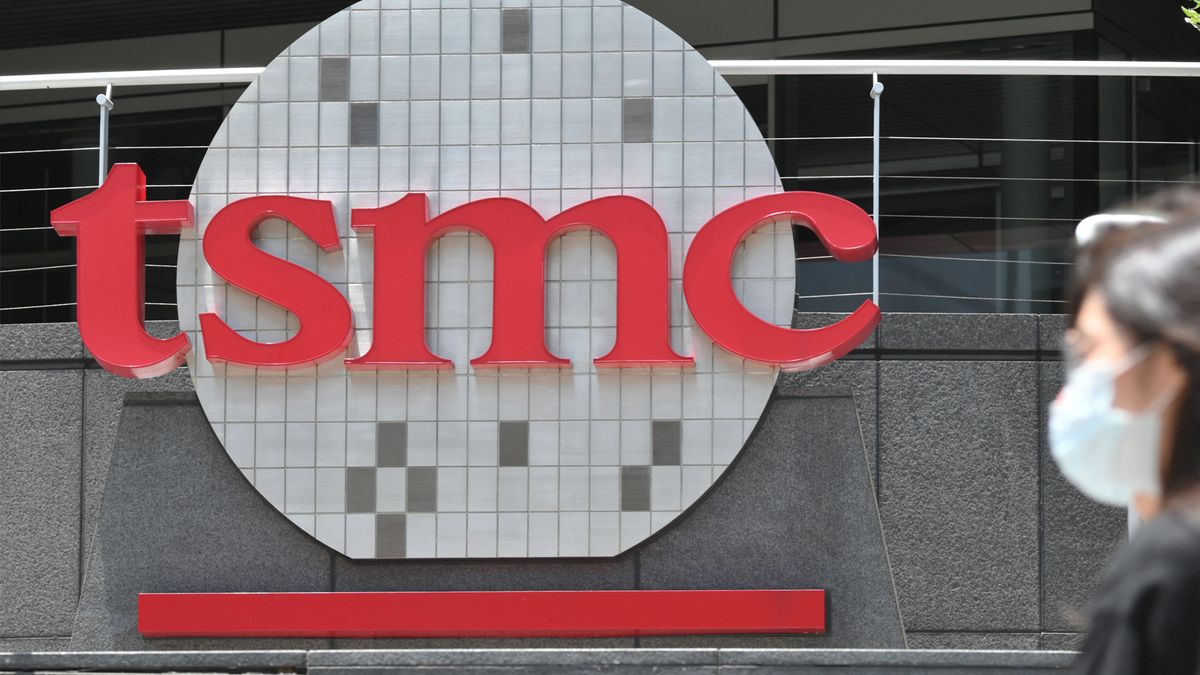Both Nvidia and AMD have reportedly agreed to pay the U.S. government 15% of China-sourced revenues to unlock export licenses for previously restricted chips. Under the reported terms of the new deal, Nvidia will be able to resume H20 chip sales, and AMD will be able to sell its MI308 accelerators into China. The deal, not officially announced, has been reported independently by a multitude of outlets, including the BBC, FT, and Reuters. We also followed up with Nvidia for more details.
The restrictions on exports of such potent AI accelerators were originally put in place due to national security concerns, but the 15% levy marks a significant shift in that strategy. The revenue-share deal would represent a landmark foray into uncharted territory. Several news agencies, such as the BBC and FT, point out that a deal where commercial entities pay a revenue share in exchange for government export license approval is unprecedented.
It is understood that AMD’s licenses were also being inked ahead of the weekend. We don’t have any AMD statements about the new 15% revenue-sharing deal at the time of writing.
Nvidia statement to Tom's Hardware
Nvidia has been quite quick to trot out an official statement. This morning, an Nvidia spokesperson told Tom’s Hardware, “We follow rules the U.S. government sets for our participation in worldwide markets.” Providing some context to the newly announced export license approval process, they added, “While we haven't shipped H20 to China for months, we hope export control rules will let America compete in China and worldwide.”
In addition, the statement repeated arguments in favor of relaxed cutting-edge technology export controls we have seen previously, “America cannot repeat 5G and lose telecommunication leadership. America’s AI tech stack can be the world’s standard if we race,” ended the short statement.
For Nvidia and AMD, perhaps this policy shift has come at a pivotal time. There have been signs of China-based competitors raising their competitiveness on several fronts.
Only yesterday, we reported on Chinese state media molding public opinion by characterizing Nvidia H20 GPUs as “neither environmentally friendly, nor advanced, nor safe.” The safety concerns seem to be a tit-for-tat response to Western powers, who cite similar concerns regarding Chinese-sourced semiconductors. and electronics. Nvidia has strenuously denied the existence of any kill switches, back doors, or spyware in its GPUs.
Reuters provided some interesting context to the new 15% deal between Nvidia, AMD, and the U.S. government. According to the latest financials, Nvidia raked in $17 billion in revenue during its latest financial year from China. AMD's China business scored $6.2 billion in revenue in 2024.
With the Green and Red team’s expensive AI chips now available for sale in China, we could expect both yearly revenue figures to increase impressively. However, 15% of the total combined $23.2 billion (latest combined figures) is less than $3.5 billion for the U.S. Treasury. Also, we must remember that the 15% deal only covers the advanced AI chips that require these export licenses. In other words, the 15% deal is ‘small potatoes’ to a country like the U.S., when judged purely on financial terms.
Follow Tom's Hardware on Google News to get our up-to-date news, analysis, and reviews in your feeds. Make sure to click the Follow button.

 3 months ago
50
3 months ago
50






 English (US) ·
English (US) ·